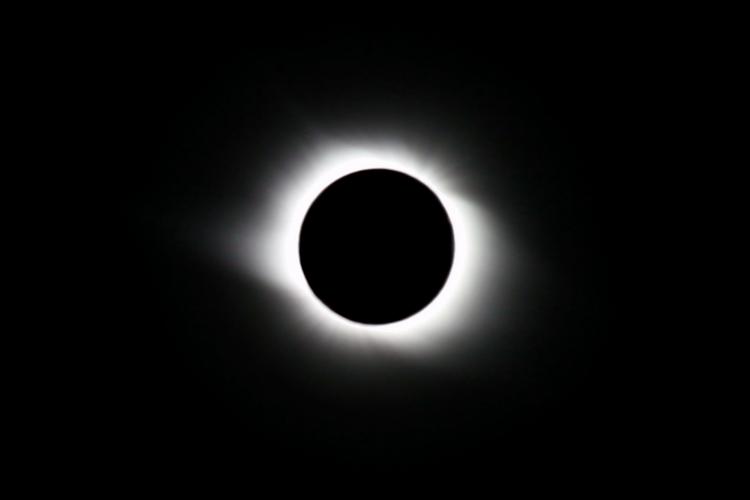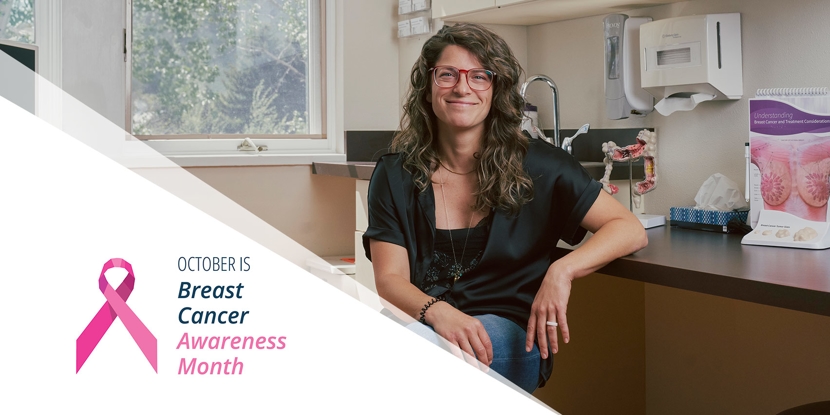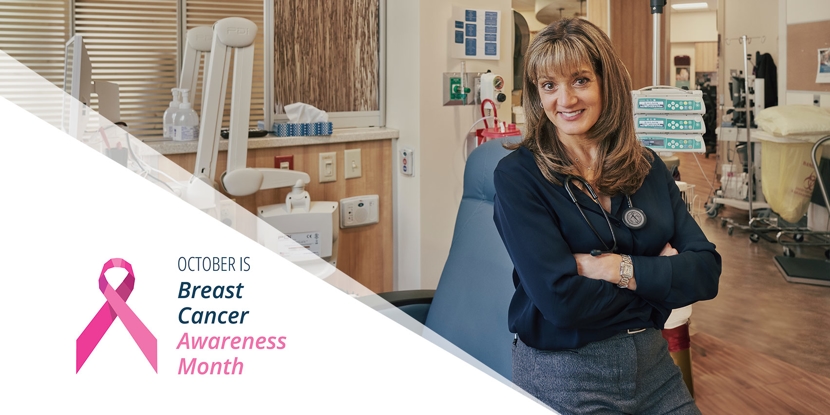Teton Eclipse solar blindness symptoms and treatment
- Category: Blog
- Posted On:
- Written By: St. John's Medical Center

Staring at the sun during the solar eclipse could cause severe eye damage, even blindness. Be prepared for viewing the solar eclipse in Jackson Hole; learn about solar blindness, the symptoms, and how to get treatment.
Eclipse blindness facts
- Your eyes have lenses in them: using them to look at the sun is like using a magnifying glass to concentrate the sun’s rays. This causes solar retinopathy (or eclipse retinopathy if you’re looking at an eclipse).
- The eye damage caused by looking directly at the sun occurs on the retina: the back of they eyeball where the eye’s lens projects light.
- Eclipse retinopathy can be immediate and permanent, immediate and reversible, or delayed and progressive depending on the circumstances of exposure.
- Solar retinopathy is NOT the same as “snow blindness.” Snow blindness, also known as photokeratitis, is essentially a sunburn of the cornea (outer layer of eye) and is usually self-resolving (though extremely painful).
- Solar retinopathy does not require a true burn caused by heat (like when focusing the sun’s beam with a converging lens such as a magnifying glass). In solar retinopathy, the retina needs be exposed to direct sun for less time and experience less increase in temperature on the retina than would cause a burn.
- Rather, solar retinopathy is mostly caused by photochemical damage. Molecules in the retina are exquisitely sensitive (their response to light images projected onto the retina create the chemical signals sent to our brain). These molecules are damaged by excessively bright light. (Similar injuries have occurred during eye surgery when the retina is exposed to excessive light from surgical tools.)
- Children are at increased risk of solar retinopathy because the lenses in their eyes are clear and crystalline—they do not block UV and infrared light like those of adults.
- Although it takes several seconds of direct sun exposure to cause solar retinopathy, that exposure is cumulative over time. Even looking at the sun for a fraction of a second can cause damage, if done repeatedly during the 2+ hours when the sun will be partially blocked during the eclipse could cause eye damage.
Help prevent solar blindness and learn how to watch safely
Signs and Symptoms
- Signs of eclipse retinopathy include:
- Reduced visual acuity (bad vision),
- Central scotomas (blind spots),
- Chromatopsia (disruption or tinting of color perception),
- Metamorphosia (disruption or distortion of shape perception), and
- Photophobia (light sensitivity)
- Solar retinopathy is thought to contribute to age-related macular degeneration later in life, a common cause of progressive blindness.
Treatment
If you think someone has damaged their eyes by looking at the sun:
- STOP looking directly at the sun.
- Go indoors, preferably into a dark room and rest your eyes.
- There is no effective medical treatment for solar retinopathy.
- Follow up later with an eye specialist. Testing can be done to determine the extent of damage, but there is no effective medical treatment for solar retinopathy at this time.
- Follow up with the patient’s primary eye doctor in 1-3 days.
- Vision often recovers after sun damage, but not always. Data are very limited, but in one case series of four patients, three had recovery of normal vision within 1-3 months. One patient’s vision remained affected one year later.
Non-life threatening medical issues should be taken to St. John's Urgent Care in Jackson, WY. Dial 9-1-1 or go to the Emergency Room for life-threatening conditions.



